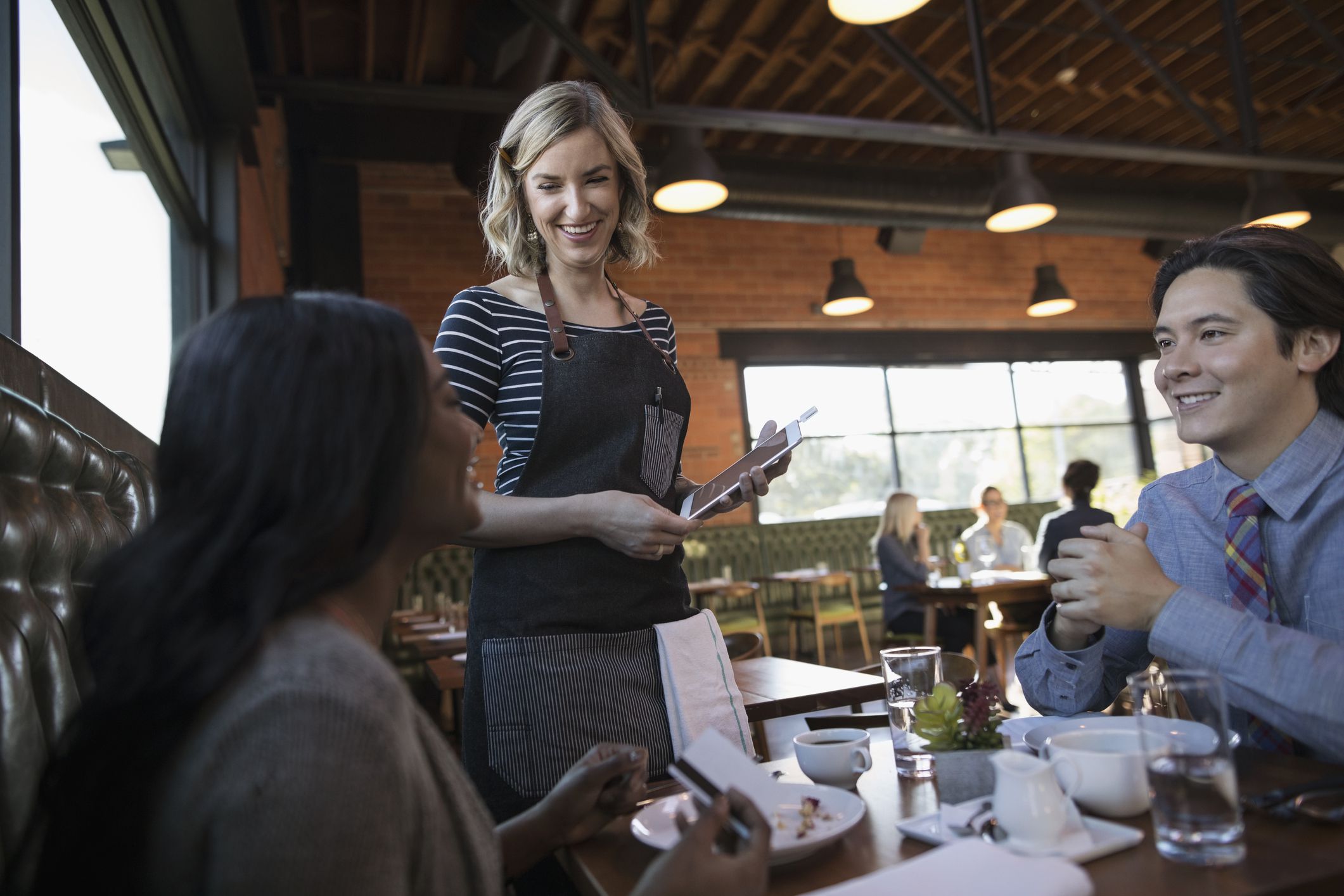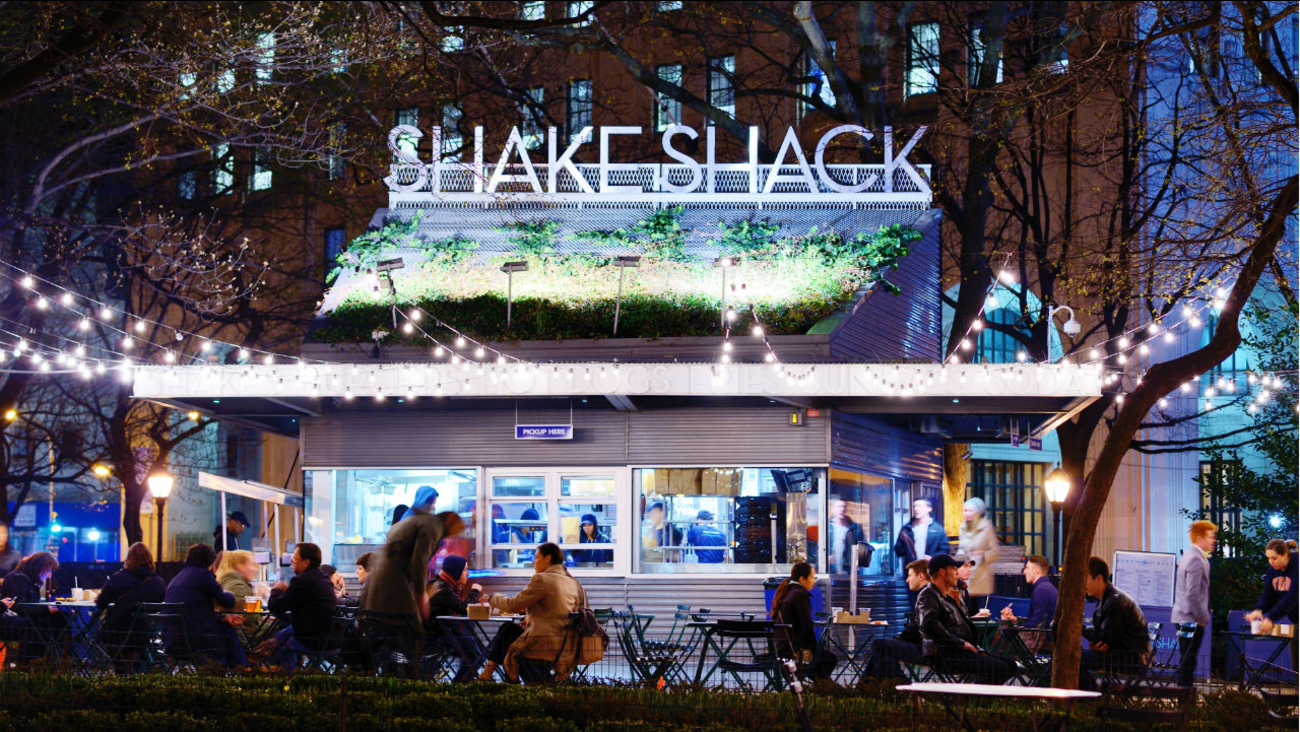Restaurants have seen rapid changes in the past few years due to consumer behavior and technology trends. Successful restaurants are embracing the changes and setting themselves up to thrive. Here are a few areas restaurants are looking to the future including waitlist management, server paging and curbside delivery with guest text alerts.
Server Paging Is Crucial For Restaurant Staff

Restaurants are already making use of Server Paging System technology for kitchen and wait staff. The ability for staff to send and receive alerts quickly and simultaneously has always been important.
One of the biggest benefits of server paging systems is that it's efficient, creating a smooth process between delivery, alerts and communication between the back of house and front of house.
Server pagers save on labor costs and help restaurants who are short-staffed do more. A staff paging system increases service speed and keeps teams connected.
With server paging systems, it's never been easier to align your team quickly.
Imagine a server getting alerted with a staff pager when a table needs to be bused, a party has paid their bill or a table’s food order is ready in the kitchen.
Restaurants benefit from server paging systems because they are reliable and fast. In restaurant operations, because of the fast-paced and often noisy environment, server paging systems will be standard for connecting to your team.
Looking to trade in your old pager system? Contact a sales representative to help you choose the sever paging system that's right for you!
The Fast Casual Market Has HUGE Growth Opportunity

ShakeShack in New York City. Shutterstock photo
Fast Casual Restaurant Segment is so hot right now. The market for fast casual food, which includes restaurants like Chipotle, The Shake Shack and Panera has grown by 550 percent since 1999. According to studies from market research firm Euromonitor, this is more than ten times the growth seen in the past 20 years.
Fast-casual chains promise of higher-quality food in a limited-service format. They do well during recessions, deliver quickly and are among the most technology-forward restaurant segments at the moment.
As long as fast casual chains continue to innovate and crack the code for ordering, creating, and delivering food in an efficient way that is quick, cheap and easy for the customer, they will continue to thrive.
Food delivery will sky rocket — literally
Food delivery is on the rise and in an age of instant gratification is unquestionably here to stay. In the future, your restaurants online orders will take off in next-iteration driverless vehicles or via other delivery vehicle sharing options.
Uber has already received permission from the FAA to test drone delivery in California. According to TechCrunch, the company’s initial test included a partnership with McDonald’s and plans to test the service with other restaurants later this year.
Speed is the biggest advantage to drone food delivery. Drone delivery takes an estimated 5 to 10 minutes, versus 10 to 30 minutes via car. That's up to a 500% increase in volume for restaurants using the service.
Cost could be another major draw for restaurants to use drones for food delivery. Many third-party drivers charge operators 15% to 30% in fees. Drones are expected to be much lower.
Machines will make food
A robot cooks and assembles burgers in San Francisco
A California startup, Momentum Machines, has invented a hamburger-making robot that can crank out roughly 4,000 assembled hamburgers within an hour. Not only will food making machines do the repetitive “assembly line” tasks humans don’t want to do, but they will also have the capability to master cooking using sophisticated sensors and data.
One advantage to robot-cooked food is that the food will be more consistent as opposed to human cooks who, for example, tend to overcook hamburgers to err on the side of caution. Another perk is cost. Momentum Machine’s burger at its store in San Francisco's South of Market neighborhood sells for a very reasonable $6.
Self service kiosks will be commonplace
It’s here right now. Whether you’ve checked yourself out at a grocery store or have swiped, signed, and left a tip on a restaurant’s tablet, you’ve already been groomed for self service.
Ordering food will be no different. Imagine ordering food from a kiosk at your favorite restaurant that has facial recognition technology. It knows your name, your meal and perhaps even payment preferences.
McDonald’s is planning to invest $2.4 billion of capital in 2018, for deploying its “Experience of the Future” design at U.S. locations where the main attraction is kiosk ordering. Subway, Taco Bell and Wendy’s will follow suit.
CaliBurger has already installed a pilot program for its new self-ordering kiosks using AI and facial-recognition technology to order, pay and log into the chain's loyalty/rewards program. Their goal, according to Caliburger’s CEO, John Miller is to replace credit card swipes with face-based payments.
For now, the Caliburger’s self-ordering kiosks are only available at the chain's Pasadena test store. However if it proves to be a success, there will be a global rollout next year.
Restaurants adopting the self-service kiosks are already profiting from key objectives, such as increasing check size or improving speed of service.






/About/about-ike-1-1.png?width=80&name=about-ike-1-1.png)